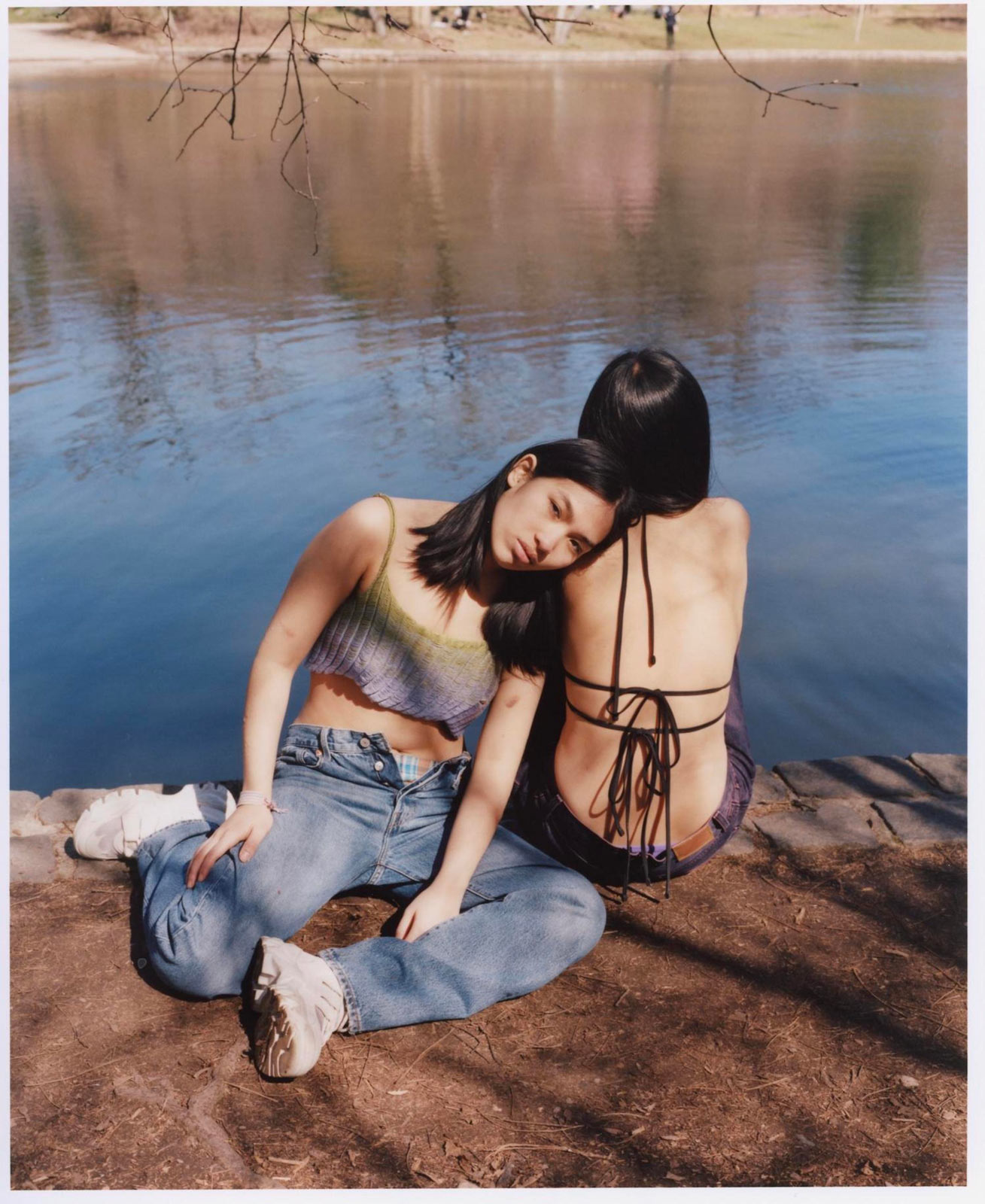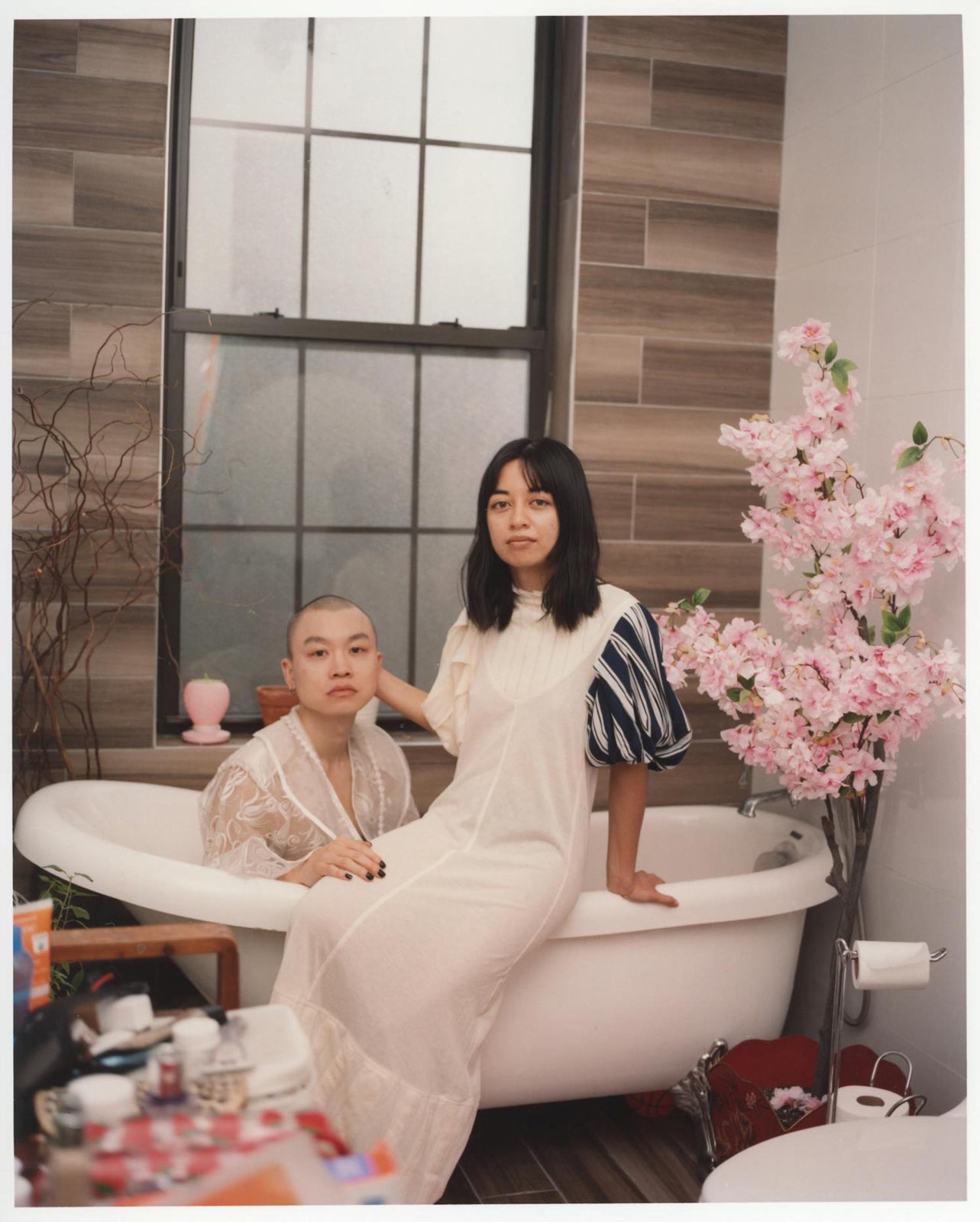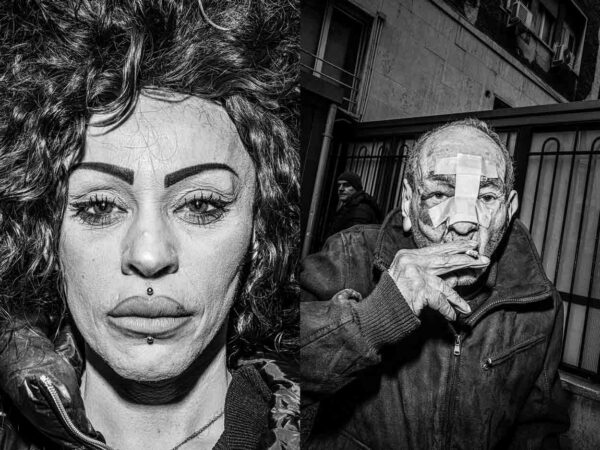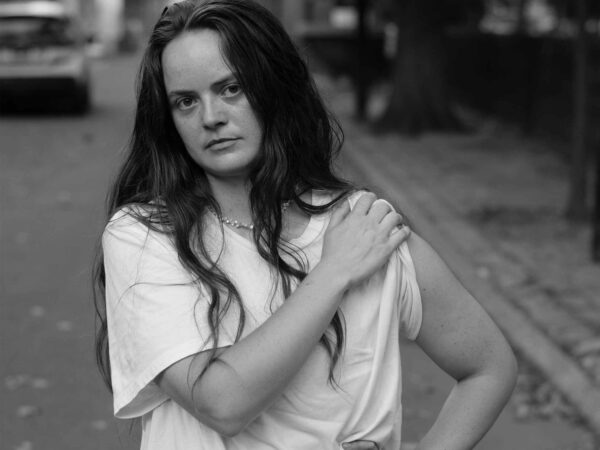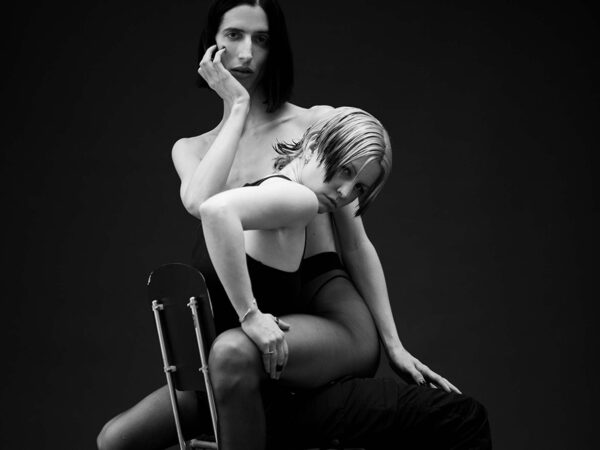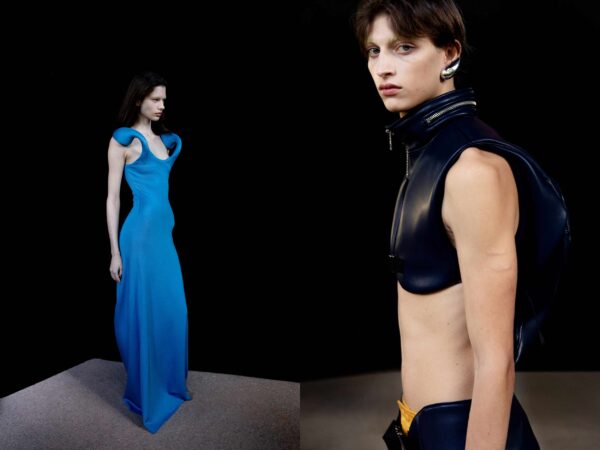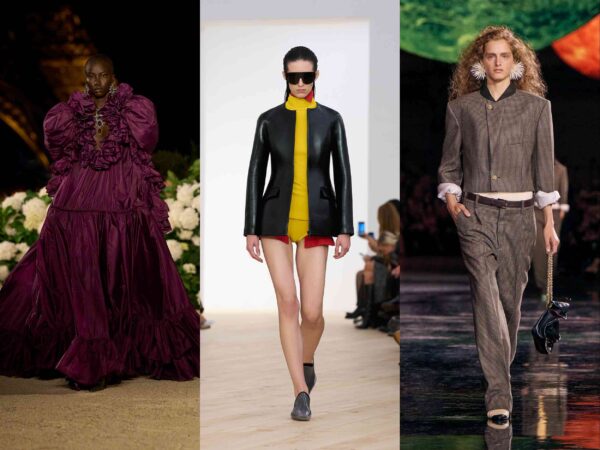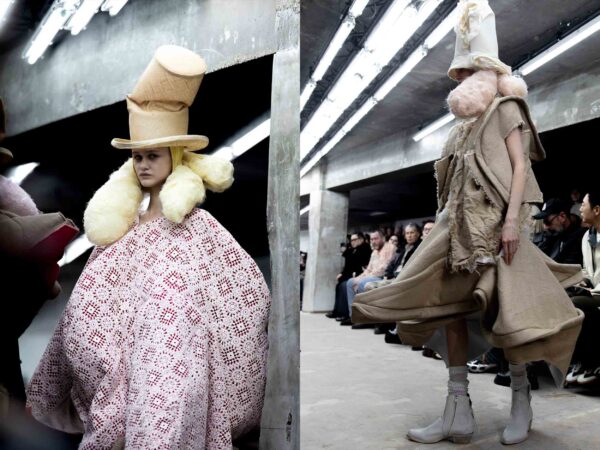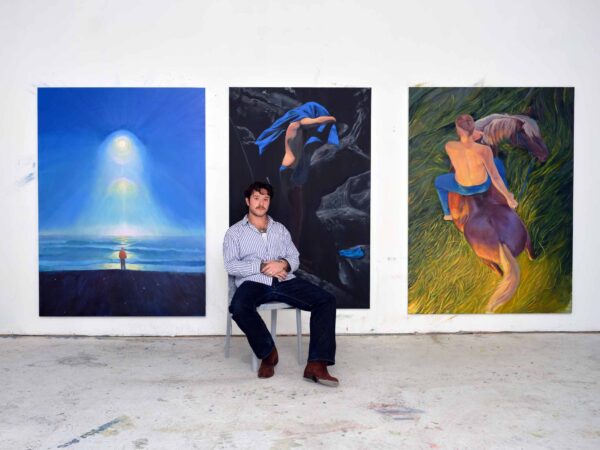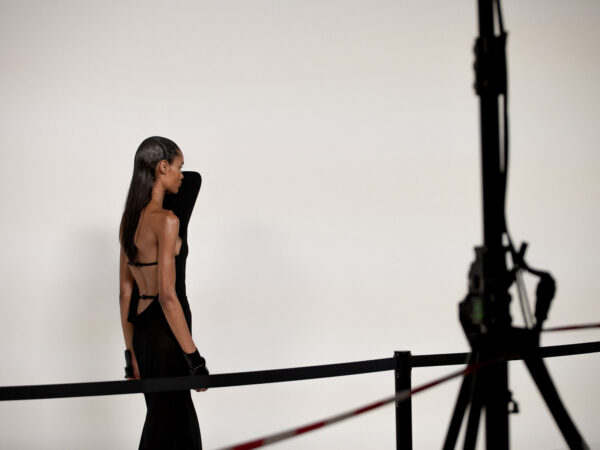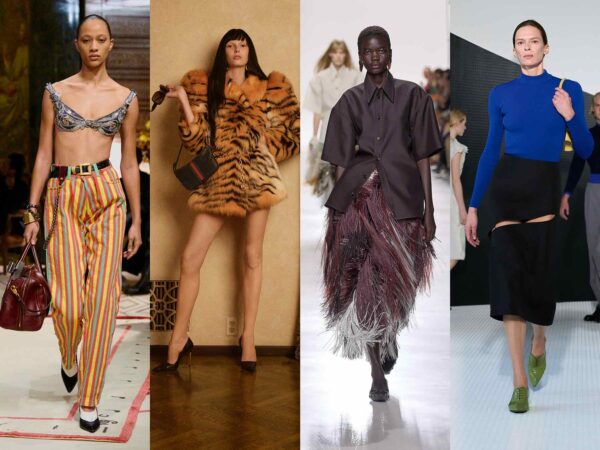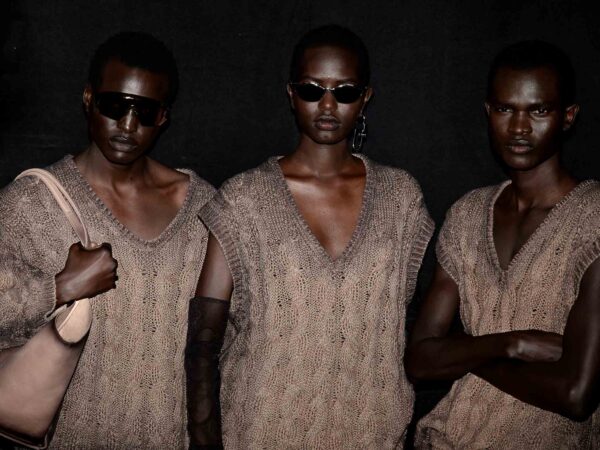Photographer Ramona Wang joins Document to delineate between punctums and paintings, humans and cyborgs, and stereotypes and realities
For Ramona Wang, photography is “a gesture of trust, vulnerability, and, sometimes, love.” The artist’s series My friends are cyborgs, but that’s okay asks its viewers not just to look, but also to absorb and act upon the ideas it instills. “As viewers, our responsibility extends beyond passive observation. We need to engage with the intent, the context, and the emotions woven into each shot,” Wang tells Document. “An image might be frozen in time, but the stories it elicits are ever-evolving, making every photograph a living, breathing testament to our shared human experience.”
My friends are cyborgs, but that’s okay—made for the Creator Labs Photo Fund, a partnership between Google’s Creator Labs and Aperture—is a mockumentary of sorts, playing on stereotypes as a means of subverting them. Contextualized by Donna Haraway’s A Cyborg Manifesto: Science, Technology, and Socialist-Feminism, the series interrogates the ways in which Asian bodies are portrayed in the media, “often seen as robotic and intelligent, but less human.” Through Wang’s lens, her subjects become more than human—in a changed world that reconstructs “the boundaries of daily life, creating a dangerously happy-ever-after post-human world for cyborgs.”
Here, Wang joins Document to delineate the differences between punctums and paintings, humans and cyborgs, and stereotypes and realities.
Megan Hullander: Where do you think humanity comes through in an image? How does something frozen find animation?
Ramona Wang: As a photographer, I think humanity within an image emerges the moment the viewers realize that it is a photograph, as opposed to a painting, a drawing, an illustration, or even now, an AI-generated image. Photographs naturally possess this documentary quality of representing a ‘lived experience.’
Photography serves as a portal to things we might have forgotten, or even things that never registered in our consciousness. These fragments in photographs—or ‘punctums’ as Barthes termed [it]—pierce our souls and animate the frozen moment. Much like how Proust described life not as it was, but as it was remembered, every visit to a photograph lets us reimagine the scene and, thus, breathe life into the memory. Every photograph is an invitation to remember, mourn, worship, and, most importantly, to feel.
When I consider the broader world of photography, the act of taking a photograph is an important social action, which I think also differentiates it from painting or sculpture. As Azoulay’s The Citizenry of Photography points out, the true essence of photography isn’t just in the object, but also in the action—the social relationships it fosters between the viewer, the subject, and the photographer during the shoot and after the photos are made. It’s a powerful medium that brings forth unpredictable outcomes, influenced by the myriad of perspectives and interpretations. A still photograph feels alive because of the questions it provokes and the relationships and social connections it fosters.
Megan: Did your understanding of the concept for My friends are cyborgs, but that’s okay change at all over the course of making it?
Ramona: This project started as a casual, fun-face portrait series that I made of my friends when some of them asked me to take their modeling digitals. I noticed that, while all of them have unique styles, they look a bit ‘off’ or awkward in these portraits: In their eyes, I can see that they are living in their own little worlds that are outside of hegemonic society.
I was reading about Donna Haraway’s concept of cyborgs, in which she suggested that women of color might be understood as a cyborg identity, a potent subjectivity synthesized from fusions of outsider identities. Cyborg myth for Haraway is about ‘transgressed boundaries, potent fusions, and dangerous possibilities which progressive people might explore as one part of needed political work.’ I thought, That’s it—that’s what I saw in those portraits of my friends. I decided to make this project into an environmental portrait series.
“A still photograph feels alive because of the questions it provokes and the relationships and social connections it fosters.”
Megan: How did you prompt your subjects? Where did the shoots require character-building, and where did you want them as people to come through?
Ramona: I approach my subjects by explaining that this is a ‘mockumentary’ of cyborgs living in a human society. I would encourage them to imagine themselves being actual cyborgs, and how life looks, being an outsider. Most of the time, my subjects already have their own understanding of what I mean by ‘cyborgs,’ and more importantly, the otherness they are already experiencing in their real life.
I would try to keep the term ‘cyborg’ less literal or visual in the process of creating the photos, and give prompts like, What are some of your obsessions? What about you makes you feel the most out of place? Who are the closest people to you? Where is your favorite place, and what do you usually do there? Every shoot is more like hanging out. We usually talk about anything and everything, and eventually find something worth memorializing in photos. The photos are like a reenactment or a staged close-up of the most unique moments in their real life.
Megan: I’m curious about this idea of a ‘posthuman world,’ as a lot of sci-fi contends with the relationships of humans with cyborgs.
Ramona: The concept of a ‘posthuman world’ is intimately connected with the idea of transcending our current limitations, both physically and socially, through technology, and merging with the cybernetic. As numerous sci-fi narratives grapple with the relationships between humans and cyborgs, the concept finds resonance in the interplay of identity, culture, and technology. My project delves into this interplay metaphorically, through a universe where Asian bodies operate as cyborgs in a dominantly human world. These cyborgs are not just technological amalgamations, but also embody the intricate interweaving of being both Asian and cyborg—subjects of fluidity, transgression, marginalization, yet stereotypically deemed as unemotional and inhuman.
I am interested in the parallels between the notions of being cyborg and being Asian, and how it can be a transcending concept for our current world, where the societal perceptions of Asian bodies have been, unfortunately, viewed through the dual lens of Techno-Orientalism and standard Orientalism—especially when the Western media attempts to portray a ‘posthuman’ and futuristic world. The concept of the posthuman is tied to the cyborg because it symbolizes a future that seeks to move beyond conventional human limitations and societal stereotypes. My friends are cyborgs, but that’s okay is an attempt to challenge these stereotypes, offering a narrative of an Asian future distinct from the conventional Western techno-dystopian visions.
Megan: How do the ideas you explore in this work fit into the cultural reckoning we’re facing with AI in creative spheres, if at all?
Ramona: Although it is not the main focus of this project, I do think that it helps me think about the cultural implications of AI, especially the aspect of racial biases in AI training.
In recent years, the creative domains influenced by AI have been under scrutiny for perpetuating, and sometimes even magnifying, cultural and racial biases present in the datasets systems are trained on. Machine learning models, especially those employed in the creative sector—whether for art, writing, or music—derive their outputs from the vast amounts of data they ingest. When this data is skewed or embodies societal prejudices, the AI can unintentionally reinforce harmful stereotypes, a phenomenon mirrored in the Techno-Orientalist depictions of Asian bodies as either overly sexualized or robotic and less human.
The portrayal of Asian cyborgs in the project underscores the danger of such reductive narratives and highlights the need for more nuanced, multifaceted representations. Just as My friends are cyborgs, but that’s okay seeks to challenge and transform stereotypical depictions of Asian bodies, there’s an urgent call in the AI community to rectify racial biases in machine learning. Both endeavors emphasize the importance of diversity and inclusivity, ensuring that voices from marginalized communities are heard and respected.
I wanted my photography practice, including this project, to be an act of care instead of merely an image. The process matters, and the context matters. I value the social connections, emotions, and impact that are formed from the act of photographing. Simply knowing that it is a photograph, that it’s something that has been there is a unique quality to human creation that AI generative work can’t create.



